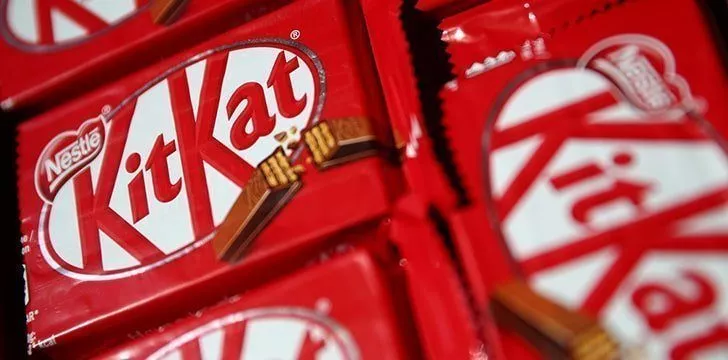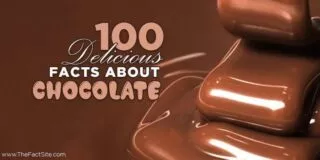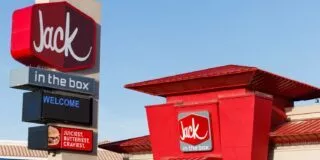Kit Kat is a much loved chocolate bar that has been enjoyed across the world for many years.
But where did it come from and why do we rely on it so much?
Here are 9 mouth-watering facts about Kit Kats!
Kit Kat is 87 years old.

Kit Kat was first launched in London on August 29, 1935.
The first Kit Kat chocolate bar was a 4 finger chocolate wafer bar.
The Kit Kar bar has had different names over the years.

It hasn’t always been called a Kit Kat.
When the product was launched it was called “Rowntree’s Chocolate Crisp”, and was renamed to Kit Kat Chocolate Crisp two years later.
It’s uncertain exactly where the name Kit Kat originated as there are multiple places it may have come from.
It has been recorded as being used to describe food snacks since as early as the 18th century and it is also said that the name comes from a meeting point in London called the Kit Cat Club.
It wasn’t until 1949 when the words “Chocolate Crisp” was dropped from the title and it became just Kit Kat.
War time rations caused the Kit-Kat recipe to change.

The chocolate coated wafer bar was launched just before World War 2.
This meant that during the war some of the ingredients in the bar had to be changed due to rationing.
The change of ingredients made the chocolate bar not as tasty, and this was a worry for the company.
During this time they even changed their advertising to read “No more chocolate crisp until after the war”, hoping that it would keep people’s interest and loyalty.
However, once the war was over, it reverted back to its original recipe and packaging.
This was a positive time for Kit Kat, as sales dropped dramatically during the wartime.
Kit Kat had blue packaging throughout WWII.
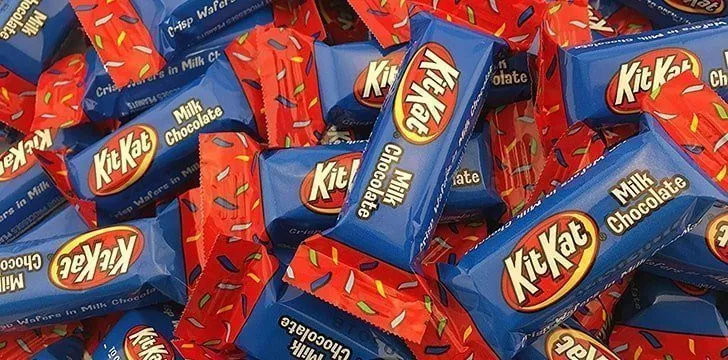
A shortage of milk during WWII forced Rowntree’s to switch from milk chocolate to dark chocolate in its Kit Kat bars.
It was during this time that the company changed the wrapper from red to blue and dropped “Chocolate Crisp” from its title.
1955 marked the first year of advertising the product on television.

Television was a new source of advertisement and a very expensive one too.
Not everyone could afford to have a television, but as time went on and prices dropped they became more affordable for the working class.
This was a great way for Rowntree’s to promote the Kit Kat bar to its target audience.
In 1957 the slogan “Have a break, have a Kit Kat” was used alongside their TV commercials to promote the bar as workers chocolate.
The slogan encouraged people to associate the Kit Kat bar with taking a break from work.
It was also associated as the perfect snack to go with a tea or coffee when you are on your break.
Kit Kat was Rowntree’s best-selling product.

Kit Kat’s became Rowntree’s best-selling product within 2 years of the launch.
In 1988 Rowntree’s was taken over by Nestle, who are still the current owners of the Kit Kat product, in most of the world.
In the United States, Kit Kat is made by Reese’s Candy Company.
Nestle agreed to keep the ingredients and production of the Kit Kat the same as it was such a popular chocolate bar.
Kit Kats had a wafer inside to cut down costs.

The idea of the wafer being the filling was to keep the costs of production lower and therefore offer an affordable working man’s chocolate bar.
If the bar was made from solid chocolate the production costs would have been a lot higher.
This is mostly due to the fact that cocoa beans were more expensive that a biscuit wafer.
Kit Kat Chunky was invented in 1999.
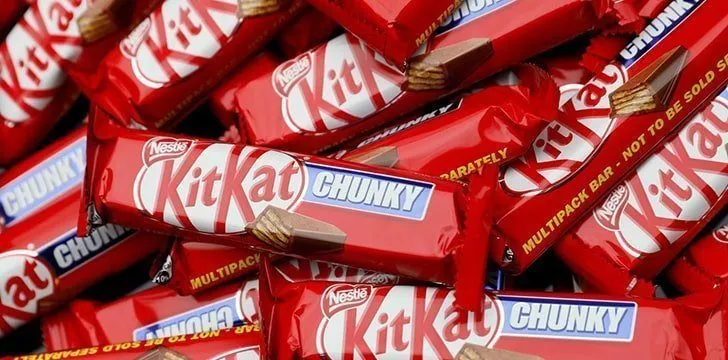
The change in size allowed Nestle to market the same loved product but to a slightly varied audience.
It was an easy product to market because Kit Kat already had a name for being a great chocolate bar, so all the people who would buy the normal Kit Kat wanted to try the new size.
Today there are over 300 flavors of Kit Kat.
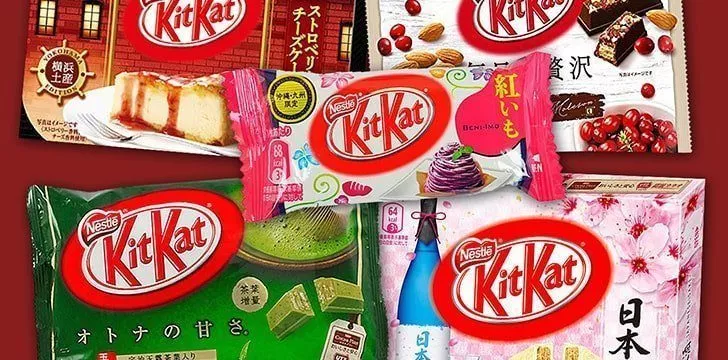
The first flavour variant of Kit Kat was released in 1996, and it was orange flavor.
There have been over 200 limited edition and seasonal flavors of Kit Kat produced since 2000, most of which were in Japan..
They began to experiment with not only sweet tasting flavors but any flavor that exists within Japanese culture.
This includes flavors such as wasabi, sake, matcha tea, miso soup, soy sauce and Tokyo banana.
Next time you go to buy a Kit Kat bar, keep a lookout for all the weird & wonderful flavors they have created and think about where this delicious chocolate bar came from.
